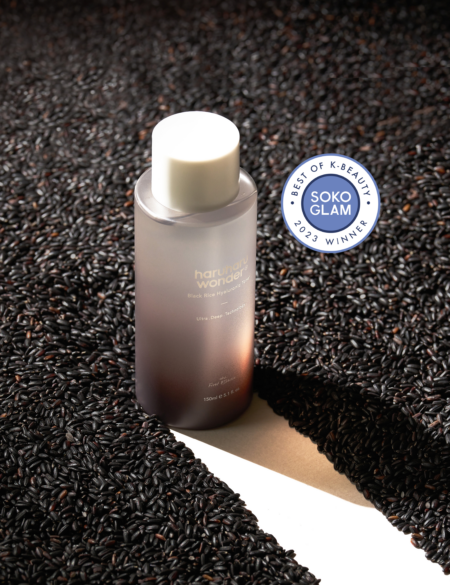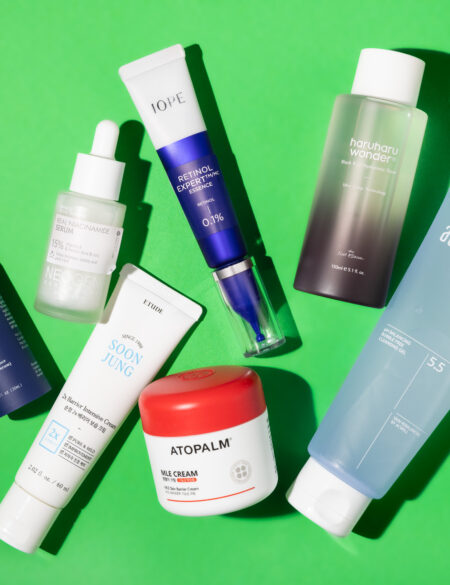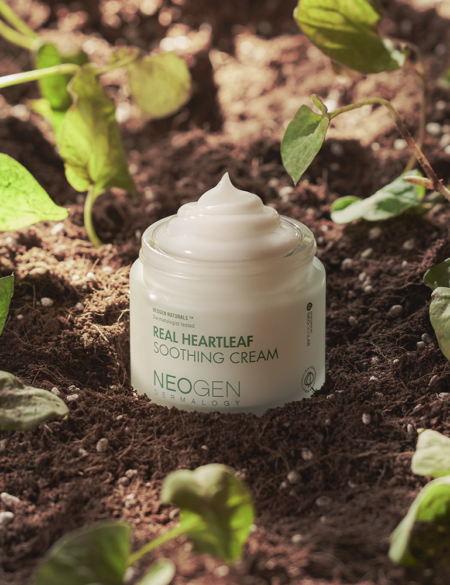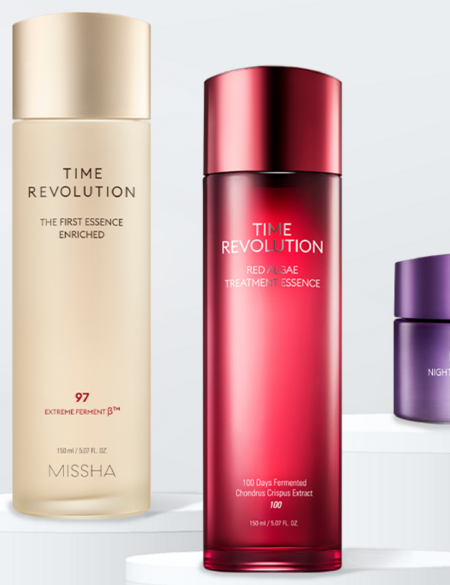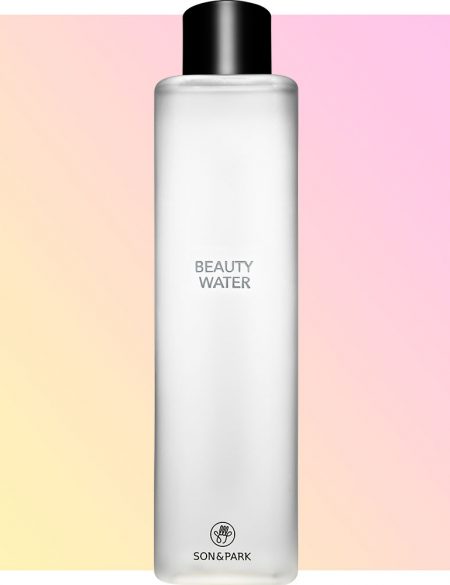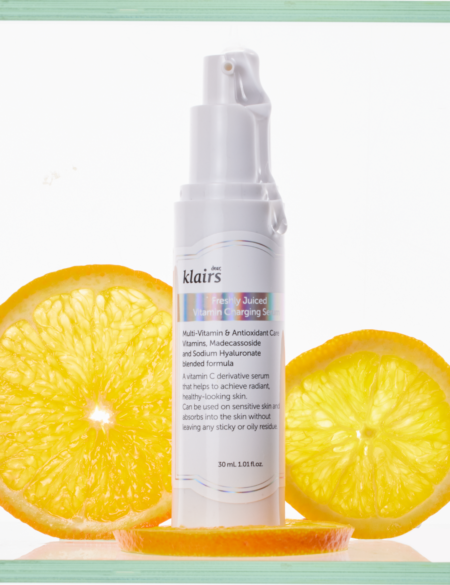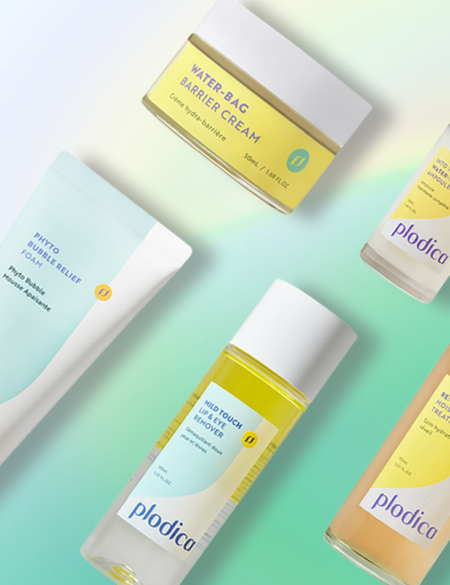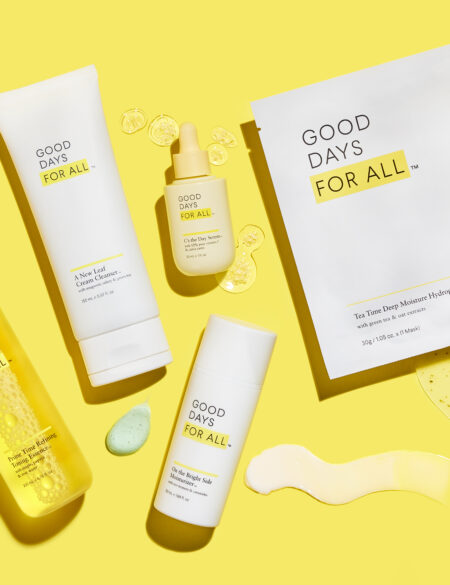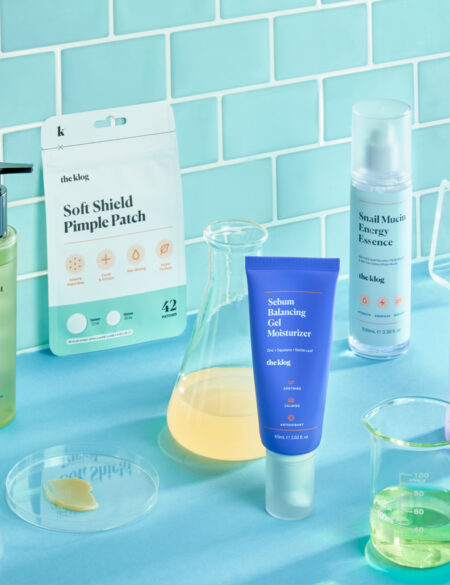You’ve probably seen lots of products advertising themselves as “paraben-free.” But what exactly does that mean? What are parabens and are they really bad for your skin?
So, you’ve been told over and over again to never ever purchase products that contain parabens. You’ve heard this so much that it’s basically ingrained in your brain as much as putting your seatbelt on is. But do you even know why you should be avoiding parabens? Here’s an even bigger question: Should you really be shunning them at all? The science behind that “paraben-free” label might surprise you.
What are parabens?
Basically, they’re popular preservatives that are included in about 85 percent of all cosmetics and toiletries to control the growth of microbes. They essentially make sure your creams and lipsticks don’t grow mold on them. You’ll find them in ingredient lists with the ending “-paraben”. The most common ones are methylparaben, ethylparaben, propylparaben, and butylparaben.
Parabens are commonly used thanks to the fact that they’re so potent. A tiny bit (less than 0.3 percent of the final formula) can preserve most products effectively. Plus, few people are allergic to them, so they’re very safe to use.
So why have they gained a reputation as an ingredient to avoid?
There’s been a link between parabens and breast cancer. But let us explain: It’s tenuous.
In the late 1990s, a study found that parabens had a very weak estrogenic effect in rats, and excessive exposure to estrogen (female sex hormones) is linked to the development of breast cancer. A study published in 2004 by scientists at the University of Reading found very small amounts of parabens in human breast tumor tissue. This was widely reported in the media as evidence that parabens were linked to breast cancer, and advocate groups like the Environmental Working Group called for a ban against them.
However, since the report came out, many scientists have noticed that the study didn’t actually show a link between parabens and breast cancer. The biggest problem with the study was that it didn’t compare the amounts of parabens in the tumors with the amount of parabens in breast tissue from people without breast cancer. This means that there could very well be similar amounts of parabens in healthy, non-cancerous tissue, so finding them in tumors doesn’t really mean anything (just like how there’s tons of water in tumors, but that isn’t scary because there’s water all over your body). Additionally, it seems like the equipment used in the experiments may have already been contaminated by parabens, so the amounts measured might not have come from the tumor tissue at all.
In a follow-up publication, the authors themselves stated: “Nowhere in the manuscript was any claim made that the presence of parabens had caused the breast cancer, indeed the measurement of a compound in a tissue cannot provide evidence of causality.” Futhermore, there haven’t been any documented cases where use of paraben-containing products has led to any long-term health effects, despite a large proportion of people using them for almost a hundred years.
But what are the chances that exposure to parabens in cosmetic products could potentially contribute to breast cancer?
No official health or scientific organizations—like the US Food and Drug Administration, the CDC, and the National Cancer Institute—think it’s likely based on what we currently know about parabens. Their decisions are based on the fact that parabens only interact with our hormonal systems very weakly compared to other estrogenic chemicals we use, such as ethinylestradiol (found in birth control pills) and phytoestrogens (plant estrogens, such as those found in soy). Since these stronger endocrine disruptors only seem to influence breast cancer very slightly, it’s unlikely that the weak action of parabens will make a noticeable difference (in fact, soy phytoestrogens seem to actually prevent breast cancer).
Why not be safe and avoid parabens just in case?
This seems like a sensible precaution to take… however, when you consider the alternatives, it isn’t such a good idea. Firstly, not many products are safe without preservatives. Every time you open a product, you expose it to germs from the air, which can flourish unless a good preservative system is in place. When you use the contaminated product, it can lead to infections and irritation. Alternatives to parabens, both natural and synthetic, are less effective. They’re needed in higher amounts, and sometimes they still don’t work as well.
Additionally, parabens have an excellent track record, having been used for almost a century (since the 1920s) without any serious side effects reported, aside from the few people who are allergic. On the other hand, most new preservatives have only been used for a few years, so their health effects are unknown and haven’t been adequately studied. Their long term health effect could well be far worse! We just don’t know enough about them yet.
The verdict:
No doubt more studies will be done on parabens in the future, but based on the science so far, they’re safe to use considering their very weak effects in the body and the low amounts found in cosmetic products, which limits our exposure to them. So unless you’re allergic to them, “paraben-free” is a marketing term without any solid science behind it.



